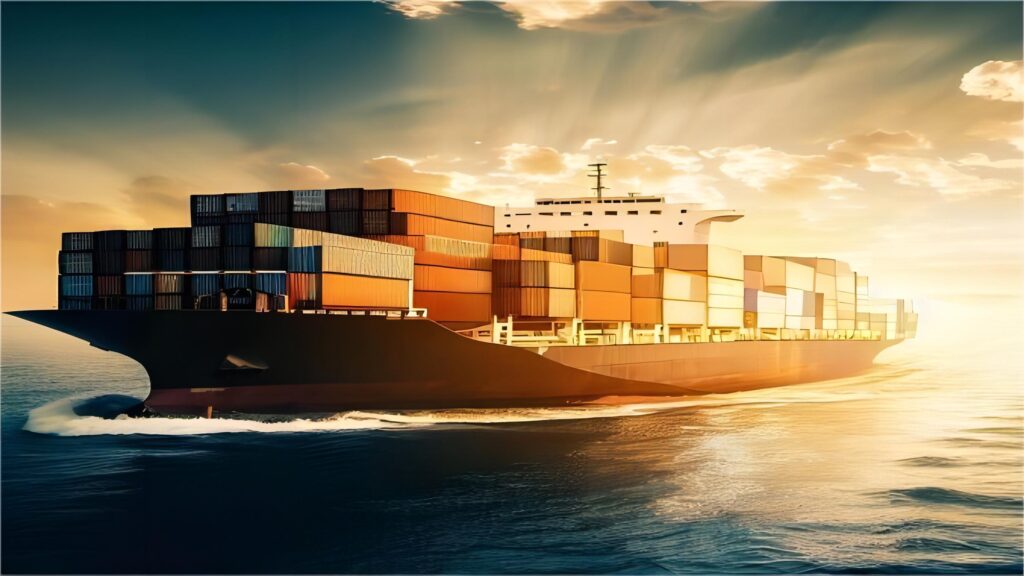- By TOP CHINA FREIGHT
- July 22, 2025
- Shipping
As trade between China and Italy continues to grow, ocean freight remains the most cost-effective and reliable method for transporting goods. Whether you’re importing machinery, electronics, textiles, or consumer products, choosing the right Italian seaport is essential for timely delivery, reduced costs, and simplified customs clearance.
In this article, we’ll explore the main Italian ports used for imports from China, explain how to choose the right one, and highlight how China-based freight forwarders can simplify the process.

1.Why Ship from China to Italy by Sea?
2.Top Italian Ports for Imports from China
| Port Name | Location | Key Strengths | Ideal For |
|---|---|---|---|
| Port of Genoa | Northwest Italy (Liguria) | Largest and busiest port in Italy, major container hub | Imports to Northern & Central Italy |
| Port of La Spezia | Liguria Region | Modern container terminals, less congested than Genoa | Goods bound for Milan, Florence, Bologna |
| Port of Venice | Northeast Italy (Adriatic) | Growing in importance, close to manufacturing hubs in Veneto | Furniture, machinery, electronics |
| Port of Trieste | Northeastern border | Free port zone, fast rail to Austria, Germany, Central Europe | Cross-border logistics, heavy equipment |
| Port of Naples | Southern Italy | Serves Central & Southern Italy, good for Mediterranean shipping | Consumer goods, textiles, regional retailers |
| Port of Livorno | Tuscany (Western coast) | Ro-Ro and container operations, proximity to Florence and Pisa | Automobiles, general cargo, fashion goods |
3.Popular Shipping Routes from China to Italy
| Chinese Port | Italian Port | Transit Time (Days) | Route |
|---|---|---|---|
| Shanghai | Genoa | 27–32 | Via Suez Canal |
| Ningbo | La Spezia | 25–30 | Via Suez Canal |
| Shenzhen | Venice | 28–33 | Transshipment via Piraeus or Port Said |
| Qingdao | Trieste | 30–35 | Rail integration available |
| Xiamen | Naples | 27–32 | Via Mediterranean feeder |
4.How China Freight Forwarders Support Shipping to Italy
| Service | What They Do | Benefit |
|---|---|---|
| Port Selection | Recommend the best Italian port for your destination | Shorter delivery times & lower local costs |
| FCL/LCL Booking | Reserve container space with major carriers, consolidate cargo | Saves money on small-volume shipments |
| Export Documentation | Prepare invoice, packing list, HS code, and certificate of origin | Ensures compliance and customs clearance |
| Customs Coordination | Work with Italian brokers to streamline import processing | Reduces risk of delays or penalties |
| Door Delivery | Organize transport to Rome, Milan, Bologna, etc. | End-to-end logistics from factory to door |
5.Shipping Cost from China to Italy (Estimates)
| Shipping Type | Estimated Cost (USD) | Notes |
|---|---|---|
| FCL (20ft) | $2,000 – $3,500 | Port-to-port |
| FCL (40ft) | $3,500 – $5,500 | Port-to-port |
| LCL (per CBM) | $100 – $180 | Best for smaller volumes |
| Air Freight | $5 – $9 per kg | Suitable for urgent, high-value items |
Actual costs vary based on cargo type, Incoterms, season, and carrier availability.
Conclusion
Italy offers a variety of well-equipped and strategically located ports to handle imports from China efficiently. Ports like Genoa, La Spezia, and Trieste offer excellent access to both domestic and European markets.
By working with a professional freight forwarder in China, businesses can streamline documentation, consolidate shipments, reduce transit time, and ensure smooth delivery from Chinese factories to Italian warehouses.
Need a Shipping Quote?
Click below to get a free, no-obligation quote from TJ China Freight.
We’ll respond within 24 hours with the best shipping options for your cargo.
FAQ:
Q1:What is the largest Italian port for imports from China?
Port of Genoa is Italy’s busiest and most important container port, handling high volumes of shipments from China.
Q2:What is the shipping route from China to Europe?
The main sea route from China to Europe passes through:
- South China Sea
- Strait of Malacca
- Indian Ocean
- Red Sea
- Suez Canal
- Mediterranean Sea
From there, ships dock at major European ports like Genoa, Rotterdam, Hamburg, or Trieste.
Alternatively, rail freight (China–Europe Railway Express) runs through:
China → Kazakhstan → Russia → Belarus → Poland → Germany/France/Italy
This is faster than sea freight (about 15–20 days) and cheaper than air freight.
Q3:What is the import duty from China to Italy?
Import duties depend on the HS code of the product. Some general rules:
- Customs Duty: Usually 0% to 12%
- VAT (IVA in Italy): 22%
- Anti-dumping duties: May apply to specific product categories like steel, solar panels, etc.
Q4:How do packages from China get shipped?
Packages are shipped via:
- Sea Freight (FCL or LCL) → Most common for bulk commercial cargo
- Air Freight → Used for urgent or high-value goods
- Courier/Express (e.g., DHL, UPS, FedEx) → Used for small packages or samples
- Postal Service (e.g., China Post, YunExpress) → Slow but cost-effective for eCommerce parcels
Your freight forwarder in China will help determine the best shipping method based on cargo type, budget, and timeline.
